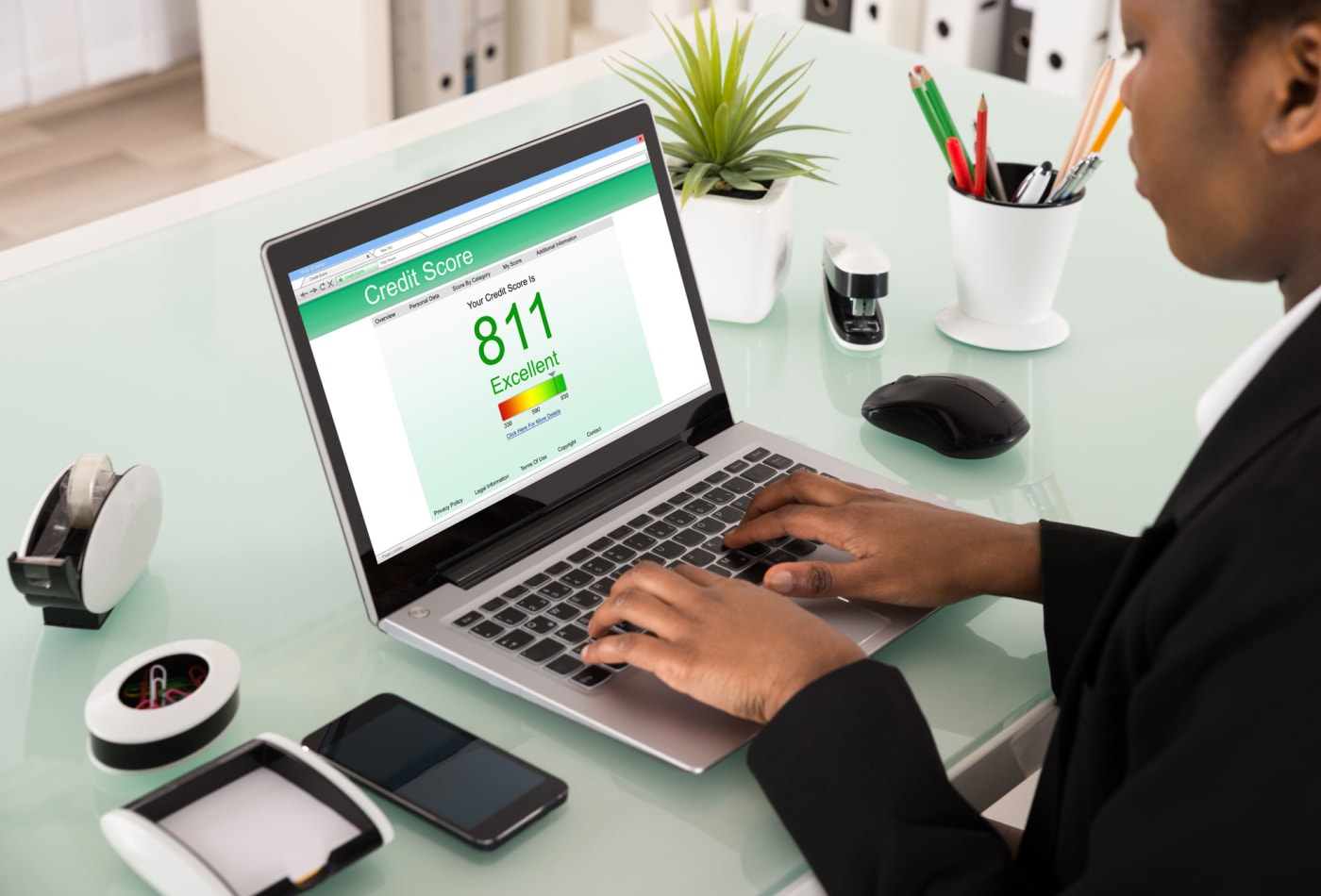Communication is the key to development and students must be given the liberty to express and understand ideas to gain information on varying perspectives. Unfortunately, we fail miserably to provide this basic right of communication to our students that have hearing challenges. This is unfair, and most importantly it stops them from ensuring and making efforts for a better future.
The good news is, today we have expert deaf communication services that allow you to bridge the communication gap between students with hearing impairment and teachers and fellow students. But, before you dive right into the hiring process, you must invest your time to completely comprehend the challenges of a deaf student while attending the classroom for better decision making and a wholesome learning experience.
Classroom sitting arrangement: Yes, something as simple as classroom sitting arrangement can impact the participation of a deaf or hard of hearing students. They need full visual access and thus, it is recommended to have a “U” shaped desk arrangement allowing the student to see, speak, and participate in the conversation. Also, a hearing challenged students should not be seated next to the window as their hearing aid can pick and amplify the outside sound.
Lighting: Some fluorescent lights emit a different sound that is found to interfere with hearing aids and cochlear implants making it difficult for a student to follow up during conversations, classroom debates, and open communication. If you are deploying deaf communication services, it is recommended that the light is not put behind the teacher and certified ASL interpreter for students to easily see the hand gestures.
Language Deficiencies: Likely, some hard of hearing or deaf students might not understand the common communication language such as English. It is better to hire deaf communication services to effectively increase student participation in the classroom.
Responding to their curiosity: Curiosity is great as it allows a student to explore new paradigms towards a new topic. But responding to their curiosity is highly difficult if you do not have a proper channel of communication between your student and teacher.
Residual Hearing or lip reading: Not always a deaf student understands lip-reading, factually 40% of English words can be understood through lip reading. This also requires consistently look at the deaf student and never talk when handing out the papers and make pauses in between conversation for them to make out the statement.
Pre-gained Knowledge and Awareness: Everyone comes from a different background and knowledge base. Although teachers are given proper instructions to assist the students with hearing challenges, the academic gap can make a lot of difference.
Social Concern: Children with deafness can often feel uncomfortable in the classroom, and they are very conscious about drawing attention towards yourself. This can stop them from participating in classroom activities. The best way to avoid is by making smaller groups so that they can relax and focus on their schoolwork better.
Curriculum and Instructions: Some teachers require all students to take notes during the class, but when you have someone with hearing hardness in your classroom, a written or digital copy with closed-captions can be a huge help. Also, whiteboarding can be a solution to list out key points.




